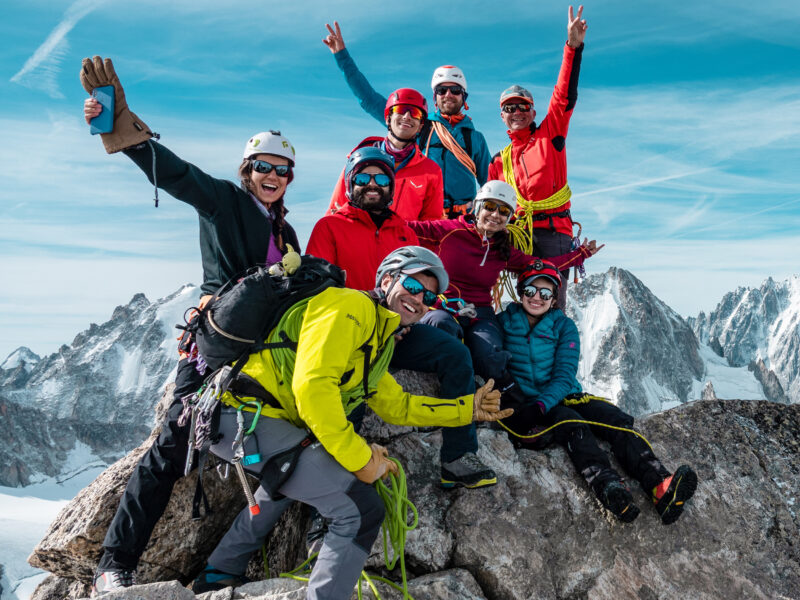BY Gino Traboulsi | January 18 2023
How To Choose The Right Footwear For Your Adventure

Long gone are the days of stiff leather boots, thick soles steel shanks. Unless you’re going for that retro look, most of the modern hiking footwear you’ll find these days are lightweight and range from minimal sandals to the sleek all-weather hiking boot.
As the saying goes, one pound of weight on your feet equals to five pounds on your back.
Evaluating Your Terrain
Choosing the right footwear on any particular adventure really depends on the weather conditions you’ll be facing, the type of trail you’ll be walking on, and how much weight you’ll be carrying on your back.
If you’re walking through a canyon with a river, you’ll probably want some type of closed toe sandal. If the trail has a lot of elevation gain, a technical scramble, and you’re carrying a heavy pack; the support of a stiff, high ankle boot will save from struggling on the uphills and the rocky sections. Embarking on a fairly flat trail with few ups and downs? A simple trail running shoe will work wonders.

These are merely general examples, there are other factors to consider, like how strong of a foot and ankle you have and the biggest factor of them all is probably personal preference.
Since most people day-hike in fair weather, the non-waterproof trail running shoe is becoming an increasingly popular choice over the high ankle water-proof boot. The thinking is that: your trail runners are light and nimble, you’re strengthening your ankles by not supporting it (which is good to avoid future injuries), and if they get wet, they will dry out much quicker than a waterproof boot, even while hiking.
However, on most of LHO’s adventures, we embark on long treks such as the Annapurna Base Camp Trek or the Tour du Mont Blanc. On these adventures, the weather is unpredictable, and there is a fair amount of elevation gain on any given day. This is why we recommend a waterproof shoe or boot, that will work no matter what the weather throws at us.
Sizing Your Footwear Properly
When you hike, your foot tends to swell over time. This is a natural phenomenon, where your foot grows in volume, just like a muscle, as the day goes on because you’re working it out. For this reason, it’s important to size your hiking footwear at least a half size up over your normal street shoe size, so that you can accommodate that swelling.
On top of that, make sure that you have enough width for your toes to wiggle and not be scrunched up. This will help with blood flow to your toes and will decrease the chance of numbness and hypothermia in extremely cold temperatures.

If your foot hurts and the end of the day, consider walking barefoot more often to strengthen it, and roll your foot on a massage ball at the end of the day. Nothing feels better than a foot massage. The issue can also stem from your footwear, try a large size or a wider model.
Your feet are our vehicles that allow us to explore the wonders of this world. Take care of them and it’ll pay off by providing you with a lifetime of adventures.
About Life Happens Outdoors
At Life Happens Outdoors, we believe in the power of nature to transform lives. As proud members of the Adventure Travel Trade Association (ATTA) and the World Travel & Tourism Council (WTTC), our team of certified guides and outdoor professionals is committed to the highest standards of safety, sustainability, and excellence.
Discover more about our story and mission on our Meet LHO page, or explore our curated adventures such as the Tour du Mont Blanc Trek, the Climb of Kilimanjaro, and Chasing the Northern Lights.














